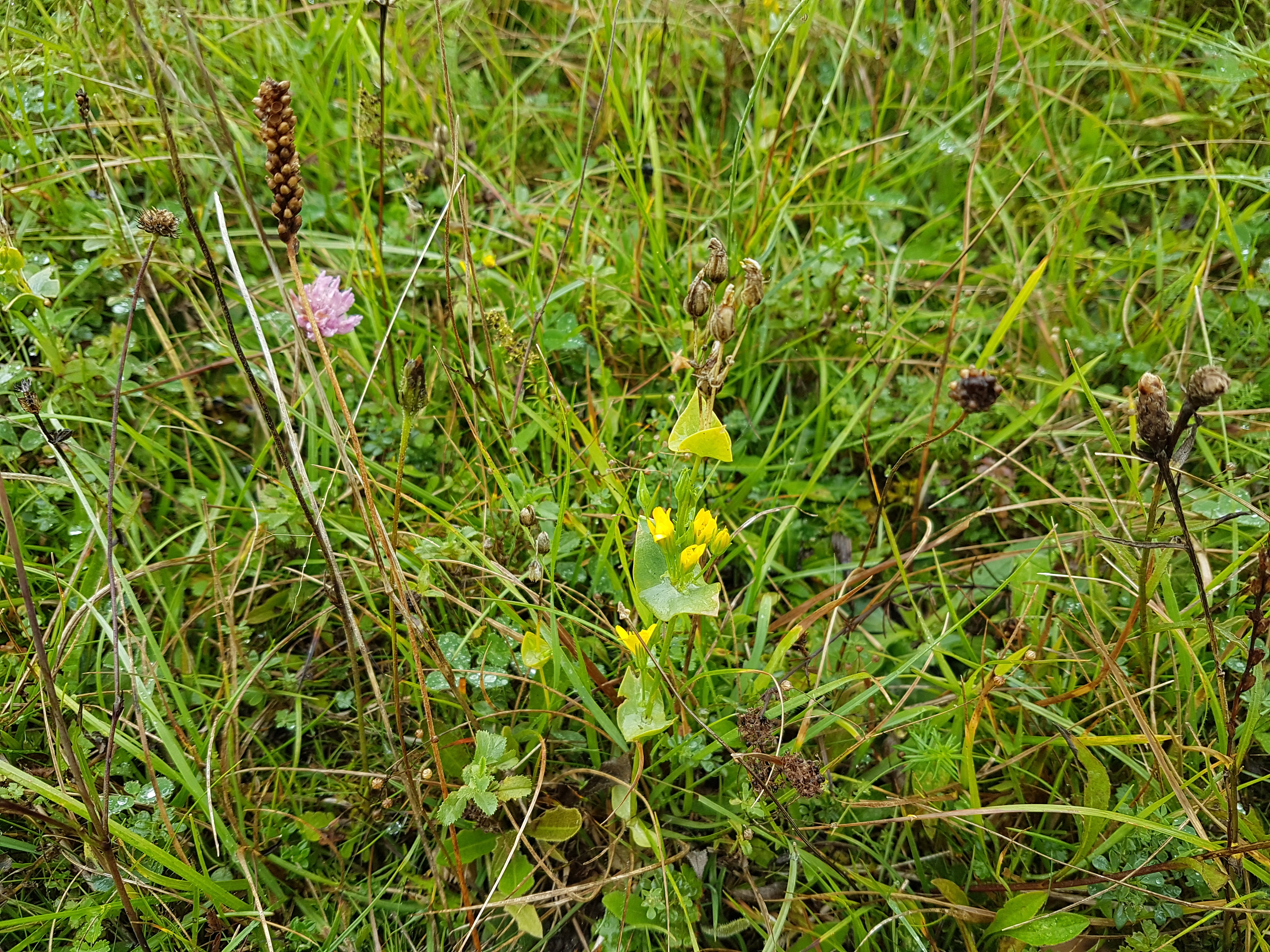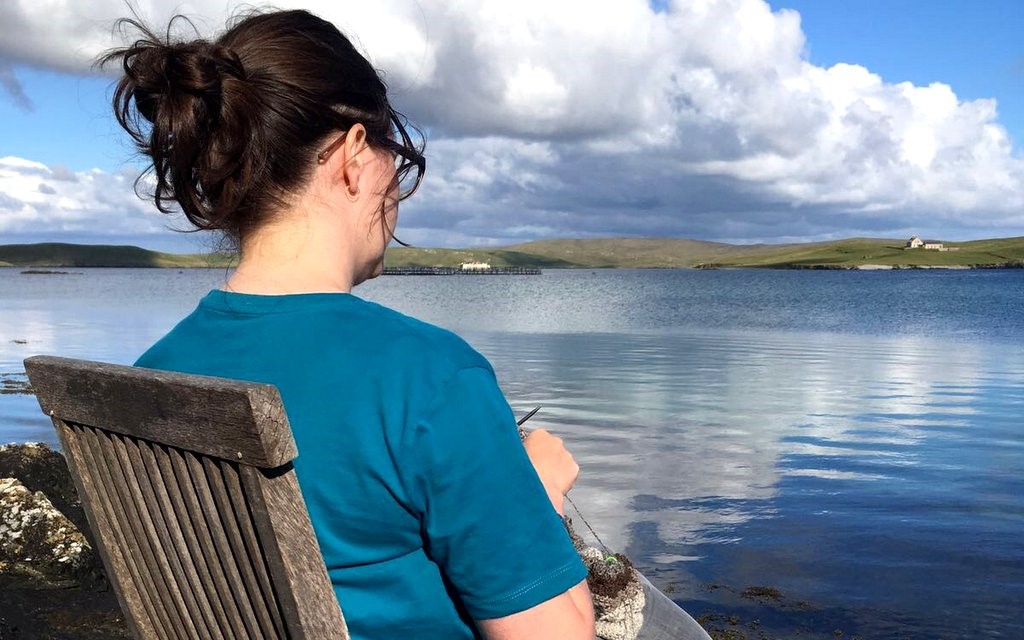Wovember is drawing to a close and Team Wovember want to reflect on their favourite,stand out posts and images from the month. Today Louise is here with hers.
This year’s theme has struck right to the woolly heart of many of you. Wellness means something different to all of us and I really hope the posts this year have informed, supported and also broadened people’s understanding of wellness.
One of the stand-out posts for me this year is Louise Spong’s post ‘Sheepwrecked to Resc(ewe)d” – which looks at the grazing scheme in place at Southerham Farm Nature Reserve, run by Sussex Wildlife Trust, which is helping to restore chalk grassland habitats. It was incredibly interesting to learn about the fine tuning and management that goes into this.
“We are replicating what farmers used to do years ago really in terms of the grazing, with the sheep following after the cattle. The cattle tear with their tongues and take out the longer grass and the sheep come in later and nibble the remaining growth. The old system of folding meant that the sheep were out on the Downs during the day grazing and reducing the nutrients from the soil, and then taken down to the valleys and enclosed overnight to dung. This was a really important way of managing the land.
We don’t fold, but we operate low intensity grazing. This means that in terms of the environment there is enough good dung about for the invertebrates, for the birds – woodpeckers are often spotted taking insects from dung heaps, and fungi – several species of fungi live on dung. You can see how well the dung is being used by the number of holes in the cow-pat. This level of grazing is also good for the sheep and cattle. The animals we have spend their entire lives on our reserves and so they get to learn everything that’s happening in the reserve and pass that on to their offspring. You just don’t get that if you have commercial animals coming in and out all the time. Mixing the Hebrideans with the Herdwicks we noticed that they started to show each other what to do. The Hebrideans bark strip in the winter and we had some Herdwicks up on Levin Down and we thought that’s funny they haven’t stripped the bark, so we put a few Hebrideans with them and then they all got the idea.
There is also the issue that as a Trust we look at the environmental value rather than the commercial value of the land. The activities we undertake have to be resourced. Our commercial outputs are the flowers and butterflies. We’re often told we could utilise niche markets for the meat and wool of the animals we graze. However, that’s not the purpose of the livestock we have. Their purpose is to support the Trust’s conservation work not necessarily to generate income. For example, the wool isn’t great because our sheep have to work hard to forage the scrub. Their wool has got a fair bit of hawthorn and bramble in it. It’s a completely different way of thinking about livestock’s purpose.”

I’ve also loved the Woolness and Me posts, where you have sent us your short posts on what wool means to you, in terms of wellbeing. I admit that when I read your emails, I was nodding my head in agreement with how wool can make you feel and I shed a tear or two, too.
Victoria Bennett’s Managing Anxiety with Wool perhaps resonated most with me and my own experiences.

Of writing the piece, she said
“The picture is me knitting on my Hansel Hap using Uradale yarn natural shades and sitting by the sea outside Burrastow House in Shetland in July. I had a period of intense anxiety in May and June this year and this photo shows me feeling at peace for the first time as I came out of that episode. I felt it was appropriate to my piece of writing about how knitting with wool supports my ongoing quest to manage my mental health.”
Of course, you have also been incredible in what you have been sharing this Wovember on social media. It has been lovely to see (even if “wool” has been broadly used a few times, when other animal fibre is meant! Tsk!)
I think, for me, this image from Clare Devine sums up what wool and knitting means to me, in terms of woolness.
I’m really glad we picked the topic of wellness this year. It has made me look at my own “woolness” and made me think of the other important lessons and stories that wellness goes hand in hand with – particularly with thoughts to sustainability and moving forward with positive motion; not just in my life, but in my approaches to everything else I do.
I personally want to thank Wovemberists for their engagement this year and for sharing your own Woolly pursuits (even if that meant sharing a reminder that Wovember is about WOOL. 100% Wool from sheep and that we challenge mis-use of the term in other contexts!)
